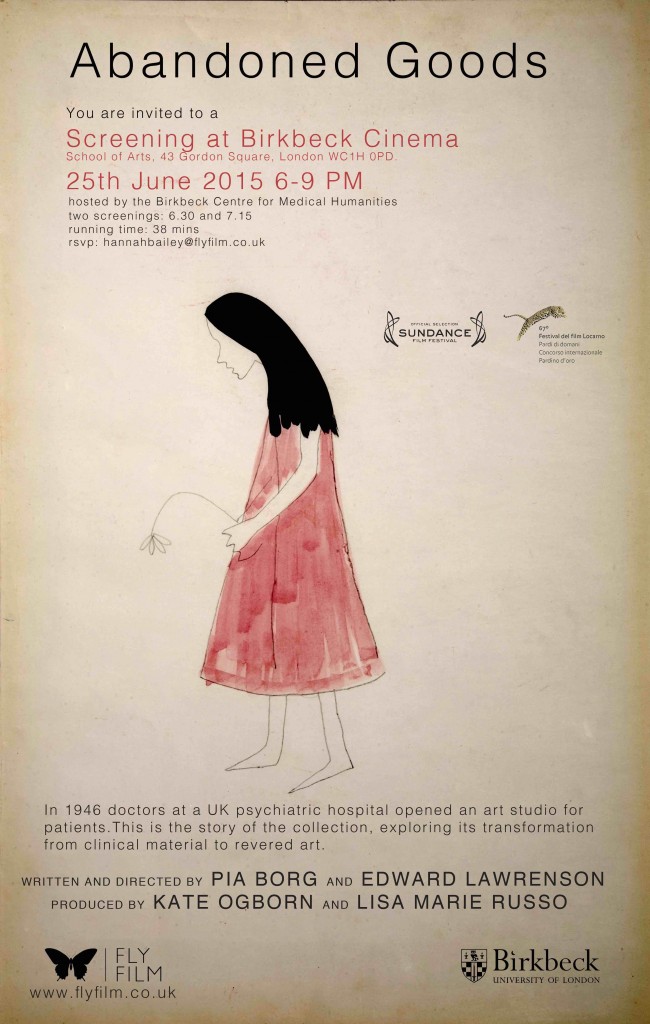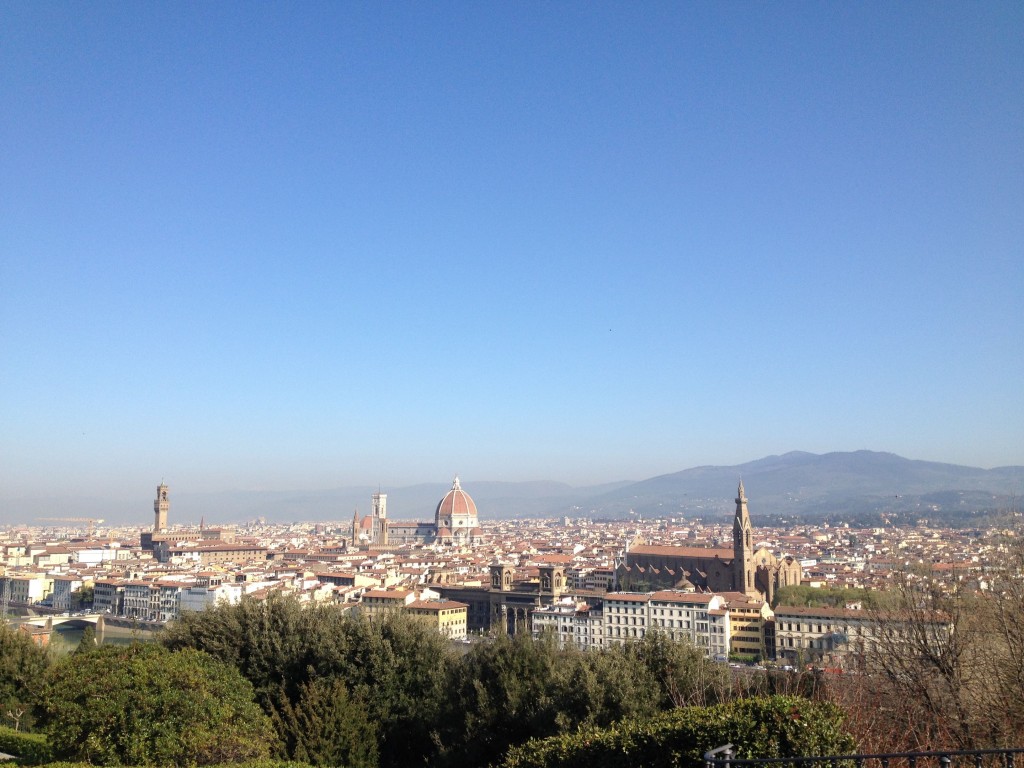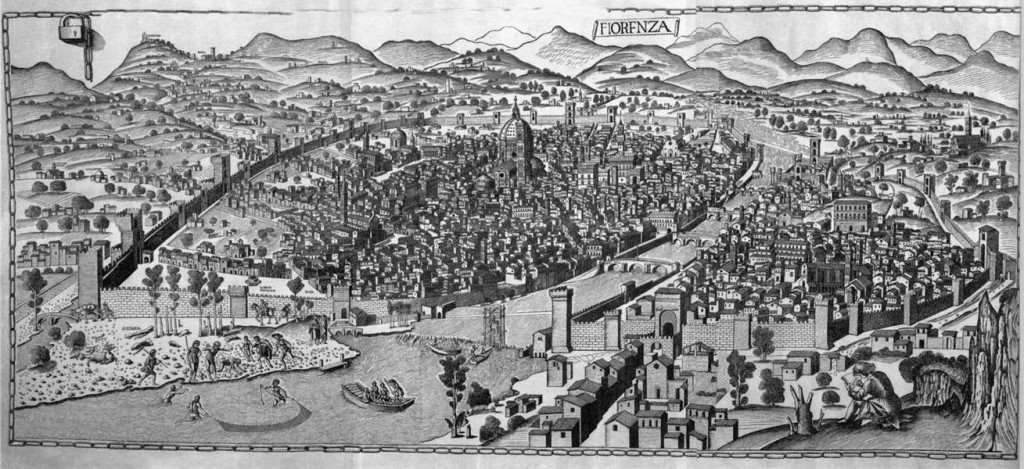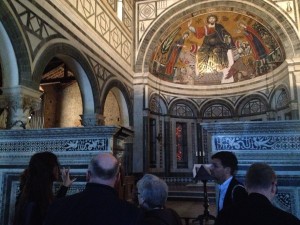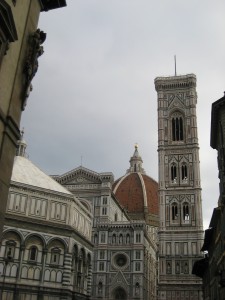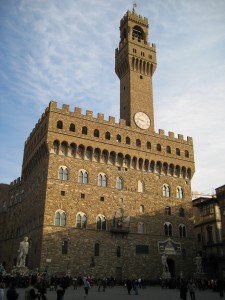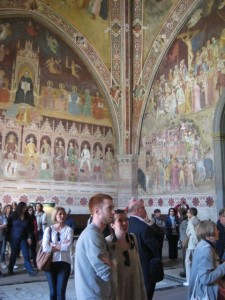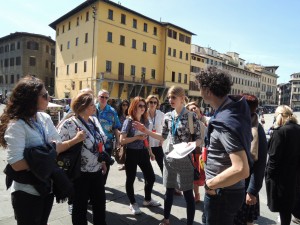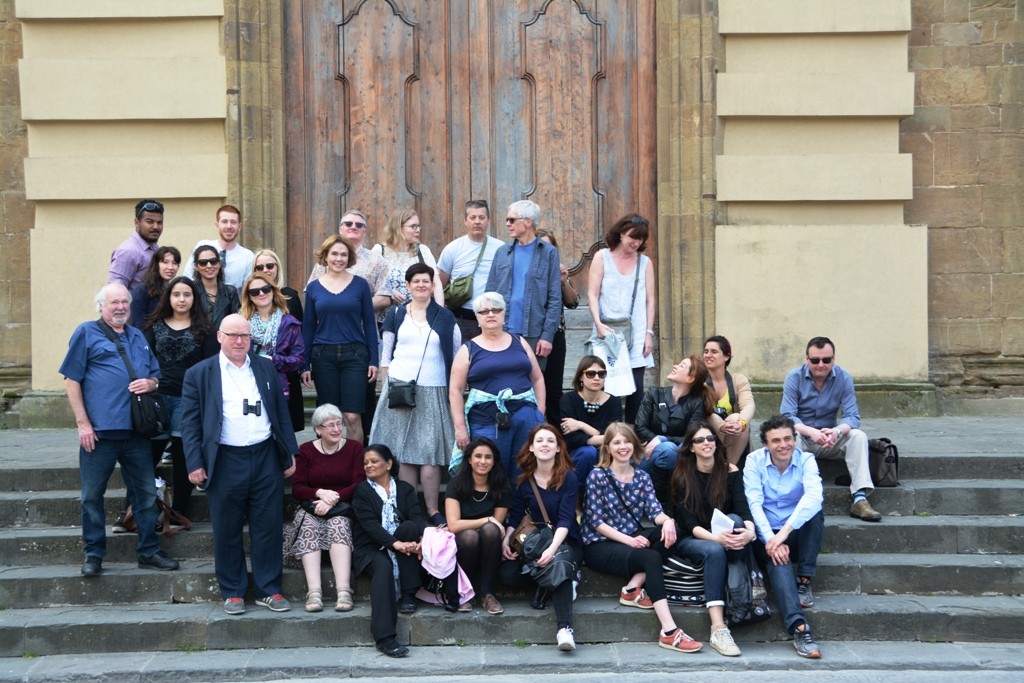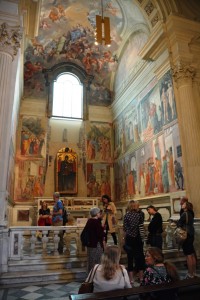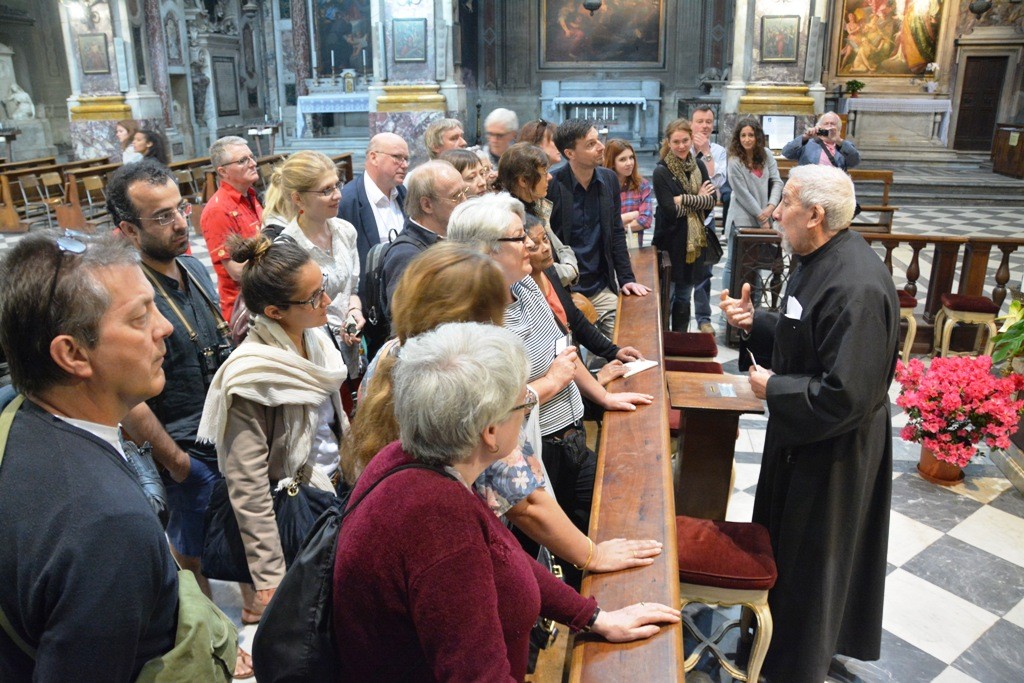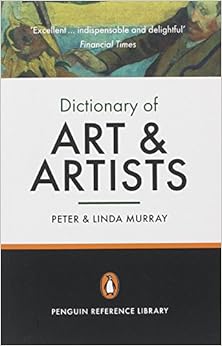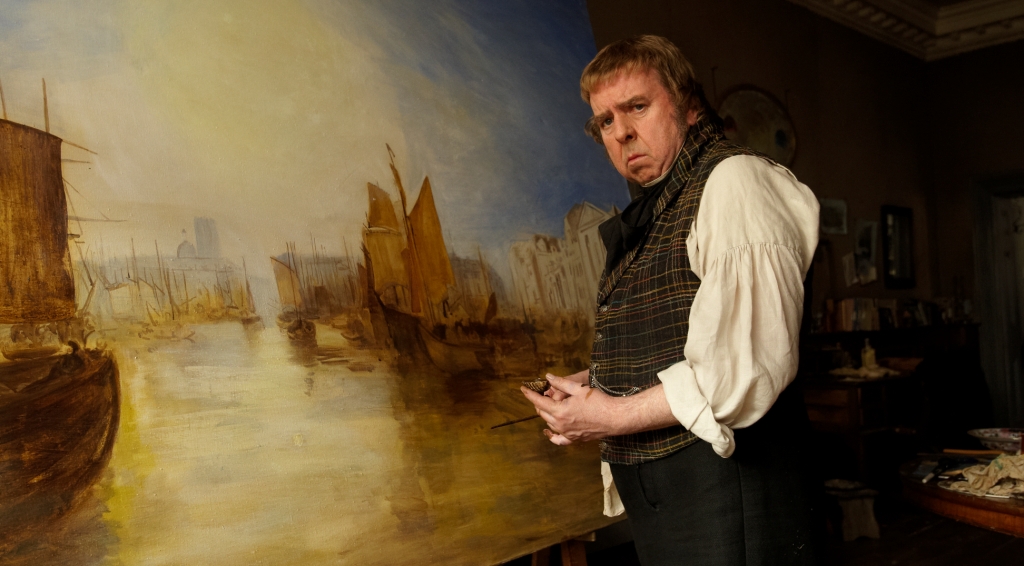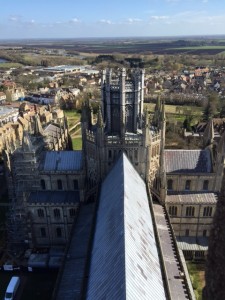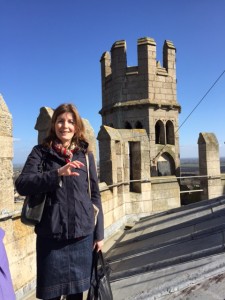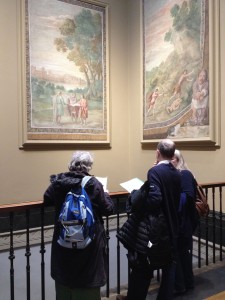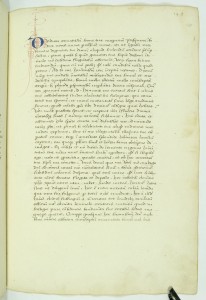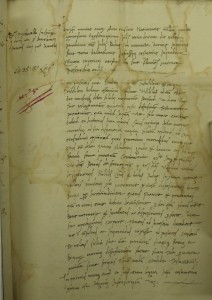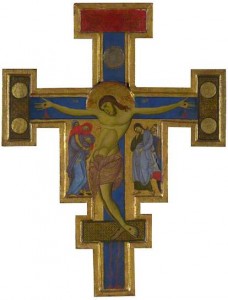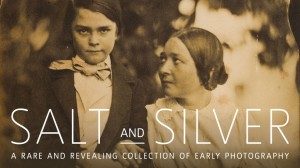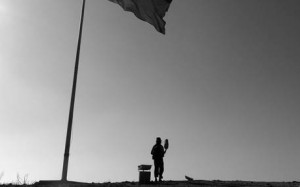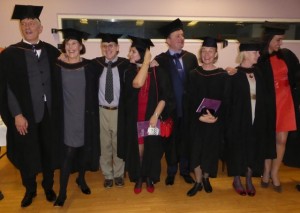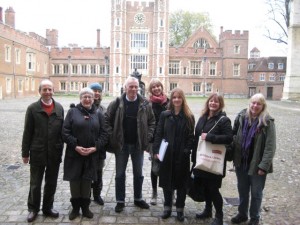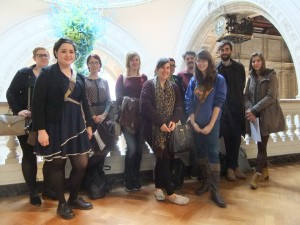So, this is my final blog of the academic year, as term ends on Friday (3rd July)! I do hope that lots of you will be coming along to the History of Art summer party for staff and students, on Thursday 2nd July, 6-8pm. Please bring something to eat and/or drink and share to room G01 in Gordon Square, as we have lots of celebrate! The start of the summer vacation of course, but also the end of exams, and the fact that our part-time fourth year and full-time third year BA students have finished their degrees. It’s always particularly nice to see our finalists at the summer party, and to have a chat – quite often about the odd combined sense of pleasure, relief and loss which tends to come with completing a programme like this. Scrolling back through my blogs over the course of the year, there are many other triumphs to savour. There was the highly successful field trip to Florence in April, run by Joanne Anderson and Zuleika Marat, for which Joanne did such a wonderful write up for this blog. We had an exciting Arts Week in May – do remember to have a listen to the podcasts, if you haven’t had a chance already. And there have been so many other events: the Murray seminar series on Medieval and Renaissance Art; the various talks organised by the Architecture, Space and Society Centre; the rich programme run by the History and Theory of Photography Centre etc.
There’s also a number of staff publications this year to celebrate – and I’m pleased to be able to tell you about a new one, hot off the press. Dr. Leslie Topp has an essay in the latest issue of the Harvard Design Magazine, published four times a year by the Graduate School of Design at Harvard. Her essay, ‘Freedom by Design: The Paradoxes of Psychiatric Architecture’ is a synopsis of her book, Freedom and the Cage: Modern Architecture and Psychiatry in Central Europe, 1890-1914, forthcoming with Penn State University Press. She discusses attempts by designers in the nineteenth and early twentieth centuries to create totally designed environments that would enable social control, while also appearing to be free, normal, and non-institutional. This special issue of the magazine, entitled ‘Well, well, well’, focusing on the interactions between health, illness and design, contains contributions by architects, artists, cultural historians, and critics, as well as other architectural historians.
We’ve also been treated to a series of fascinating exhibitions in the Peltz Gallery this year. And the Peltz has recently joined forces with Bow Arts to award the first Artist-in-Residence in the Gallery to John Timberlake. The Residency brings together artists and academics, with the aim of developing reflective arts practices and advancing academic thinking. John Timberlake has been working with Dr. Gabriel Koureas from the History of Art department, and you can see the fruits of their collaboration as the installation, Artist’s Impression: Mangled Metal, on until 14th August. Together, John and Gabriel are exploring issues around the representation of the figure of the ‘terrorist’. Central to that exploration are reflections on the use of mangled metal as exhibitionary strategy by museums of war, in representations of ‘small wars’ and the War on Terror.
John Timberlake’s display explores the transformation in the life of metal from material object (car, plane, building) to photographic index, to relic, to drawing, to paper object, and finally to installation. An exhibition of drawings and reference material has been on display for several weeks, and the final show opens on Saturday, 4th July. Do drop in and see the installation: the Peltz is open from Monday-Friday: 10am – 8pm, and on Saturdays from 10am – 5pm. There is also a number of related events:
- 3 July 2015, 3.30-5.30pm: Veterans of Small Wars. Roundtable discussion
- 7 July 2015, 6.00-8.00pm: 7/7 Ten-Year Anniversary. Roundtable discussion
- 8 July, 6.00-8.00pm: 2015 Artist’s Presentation at Bow Arts, 183 Bow Road, London E3 2SJ
After Mangled Metal closes in mid August, it won’t be too long until a new display opens at the Foundling Museum, curated by Professor Lynn Nead here in the department. The Fallen Woman will be running from 25th September until 3rd January 2016. Many of you will have read the seminal book which Lynn published in 1988, Myths of Sexuality: Representations of Victorian Women. You’ll almost certainly have consulted it if you’ve studied the second year BA module, ‘Art and Society in the Nineteenth Century’, as it’s always on the reading list! Lynn has been revisiting some of the images and ideas which she explored in that book, using this new exhibition to unpick the myth and reality of the ‘fallen woman’ in Victorian Britain.
 This was a period when chastity was everything for the respectable woman. Sexual activity was only deemed appropriate within a marital relationship, and any loss of ‘virtue’ by an unwed woman was a very serious matter indeed. This exhibition will draw together the work of a number of artists, including Dante Gabriel Rossetti, Richard Redgrave, George Frederic Watts and Thomas Faed, who engaged with this subject matter, and helped to propound the myth of the fallen woman. Their images will be shown alonsgide popular visual media, including newspaper illustrations, stereoscopes and lantern slides.
This was a period when chastity was everything for the respectable woman. Sexual activity was only deemed appropriate within a marital relationship, and any loss of ‘virtue’ by an unwed woman was a very serious matter indeed. This exhibition will draw together the work of a number of artists, including Dante Gabriel Rossetti, Richard Redgrave, George Frederic Watts and Thomas Faed, who engaged with this subject matter, and helped to propound the myth of the fallen woman. Their images will be shown alonsgide popular visual media, including newspaper illustrations, stereoscopes and lantern slides.
The Fallen Woman will also consider the petitions of women who applied to the Foundling Hospital in this period. Most of you will at some point have visited the Foundling Museum, only a few minutes walk from Birkbeck, and know that it explores the history of the hospital established by the eighteenth-century philanthropist, Thomas Coram. Coram was a retired shipwright, appalled by the devestating scenes he witnessed of children left abandoned and dying on the streets of London. For many years, he struggled to establish an institution which could take care of these infants, and he finally succeeded in 1739. As the hospital took in the first babies over the following years, so a number of artists – led by William Hogarth – donated work to the hospital, and I regularly send and take students on my eighteenth-century modules there to see the wonderful collection of paintings and sculpture by the likes of Hogarth, Thomas Gainsborough and John Michael Rysbrack. Alongside these seminal objects are the terribly moving artefacts which speak across the centuries of the desperation of the mothers who gave up their babies. These include the tokens which they often left with their infants, in the (sadly unlikely) event that they would one day be able to return, and reclaim their son or daughter.
The Foundling had a number of admissions policies over the years and, during the early nineteenth century, it changed to focus on restoring respectability to the mother. Only the petitions of previously respectable women, bearing their first illegitimate child, were considered. One of the aspects of Lynn’s exhibition to which I am most looking forward is a specially-commissioned sound installation by the artist / musician Steve Lewinson, which will offer a new interpretation of the Foundling’s archive materials and bring these women’s voices to life.
Well, that brings me to the end of my final blog of 2015-16! I shall resume my postings in late September, at the start of the Autumn term. I know there’s a lot of work to be done over the summer: research projects and dissertations to research and write; preparatory reading to be done. But I also hope you get to have a break, and a good rest, before the academic year starts its new cycle.
Kate Retford, Head of History of Art at Birkbeck
. . Category: Uncategorized


